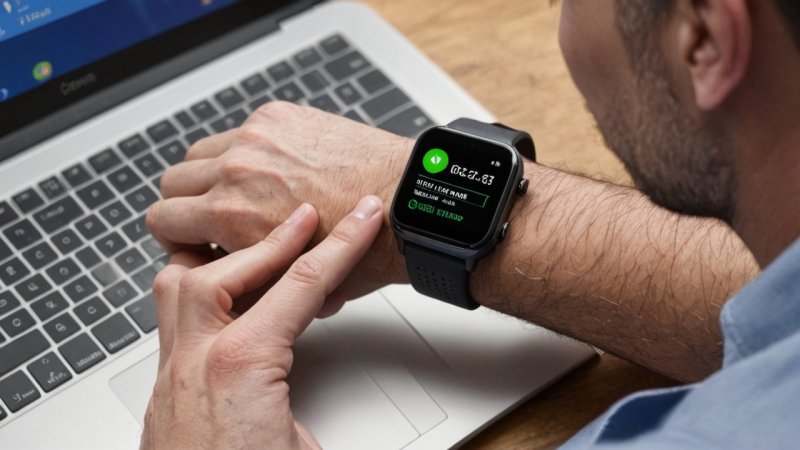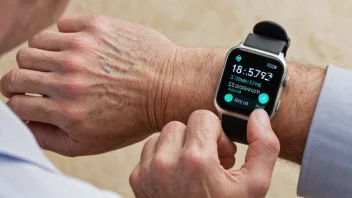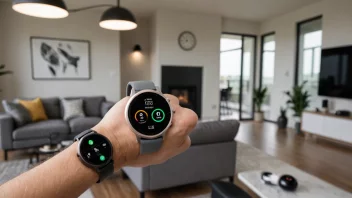The landscape of healthcare is evolving, and wearable technology is at the forefront of this transformation. As telehealth becomes more prevalent, wearables are playing a crucial role in not just how we monitor our health but also how we engage with healthcare providers. Men, in particular, can leverage these advancements to enhance their health management and overall lifestyle. Here are some key ways wearables are shaping the future of telehealth:
1. Continuous Health Monitoring
Wearables like smartwatches and fitness trackers allow for continuous monitoring of vital signs such as heart rate, blood pressure, and oxygen levels. This real-time data can be invaluable for both patients and healthcare providers. By regularly tracking these metrics, men can identify potential health issues before they escalate. For example:
- Heart Rate Variability: Monitoring fluctuations can indicate stress levels or heart issues.
- Blood Pressure Tracking: Regular readings can help manage hypertension effectively.
- Sleep Patterns: Understanding sleep quality can enhance overall health and productivity.
2. Remote Consultations
Wearables can facilitate remote consultations with healthcare professionals. Devices equipped with video capabilities or health data sharing features allow men to communicate with doctors without the need for physical appointments. This is particularly beneficial for:
- Follow-up Care: Post-surgery or chronic illness management can be monitored easily from home.
- Accessibility: Men in remote areas can access specialist care without traveling long distances.
- Convenience: Scheduling appointments is easier, saving time and reducing stress.
3. Personalized Health Insights
Advanced algorithms in wearables analyze data to provide personalized health insights. These insights can help users understand their bodies better and make informed lifestyle choices. For instance:
- Exercise Recommendations: Based on activity levels, wearables can suggest personalized workout plans.
- Dietary Advice: Integrating with food tracking apps can help men manage their nutrition better.
- Stress Management: Insights into stress levels can promote mindfulness practices and coping strategies.
4. Medication Management
Many wearables now include features for medication reminders, ensuring that men adhere to their prescribed regimens. This can be especially critical for:
- Chronic Conditions: Men with diabetes or heart disease can benefit from timely reminders.
- Health Tracking: Users can log medication intake alongside health metrics for more comprehensive care.
- Alerts: Notifications can warn users if they miss a dose, enhancing accountability.
5. Enhanced Data Sharing
Wearables can seamlessly share data with healthcare providers, making it easier to maintain accurate health records. This is important for:
- Collaboration: Doctors can make better treatment decisions based on real-time data.
- Emergency Situations: Vital data can be shared quickly in case of emergencies.
- Personal Health Records: Men can maintain a comprehensive history of their health metrics, making it easier to track progress over time.
In conclusion, wearables are revolutionizing the way men engage with telehealth, providing tools for continuous monitoring, personalized insights, and improved communication with healthcare providers. By embracing these technologies, men can take charge of their health more effectively and enjoy a higher quality of life. As the telehealth landscape continues to evolve, the integration of wearables will only become more significant in shaping a healthier future.






